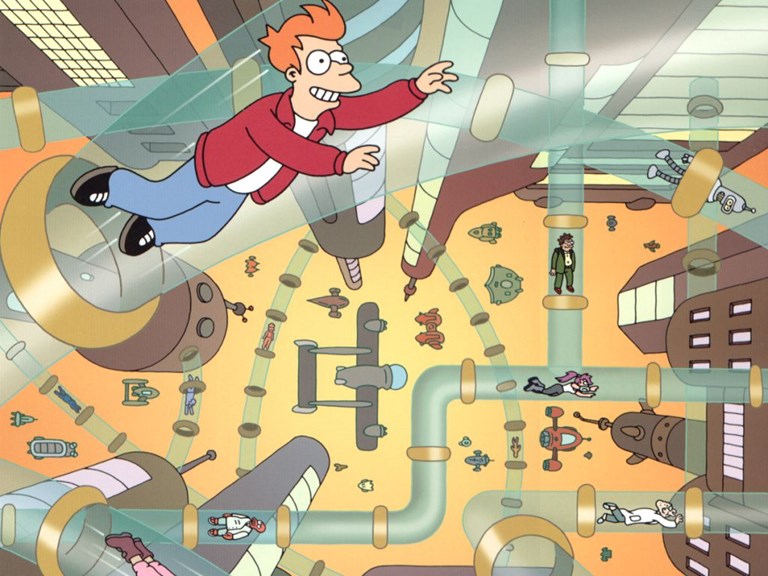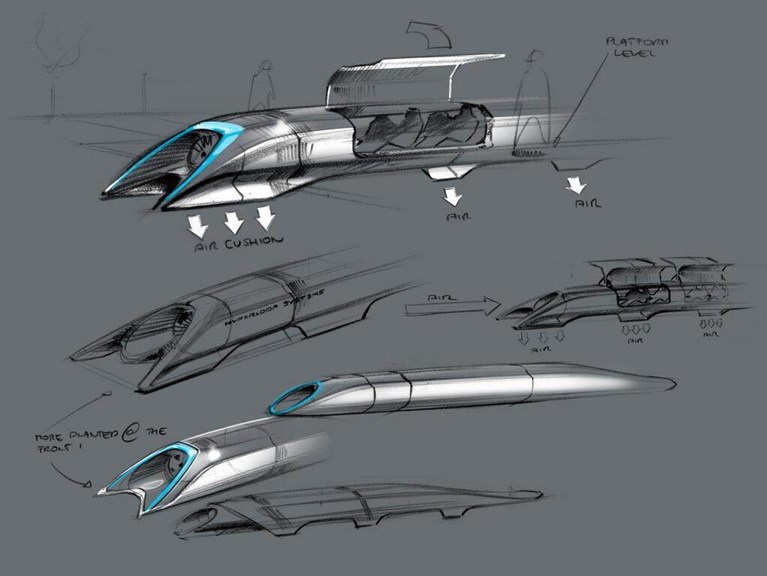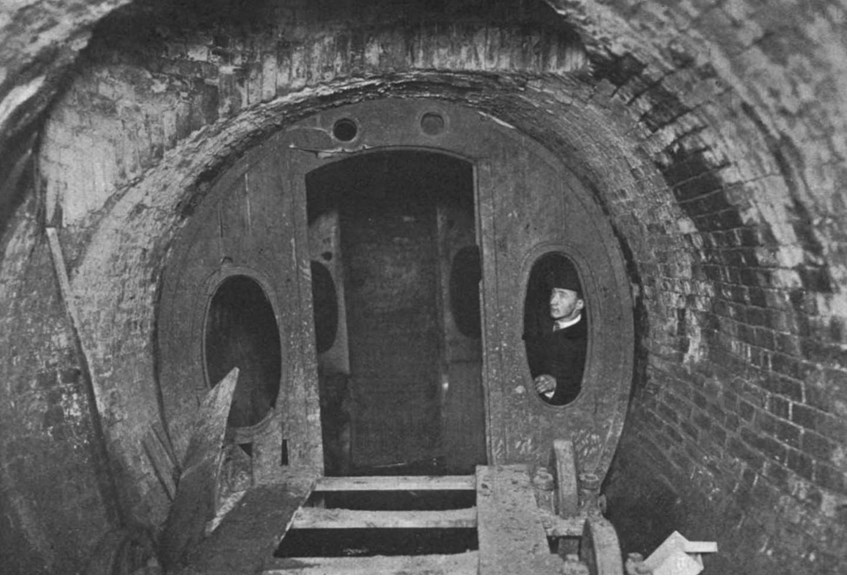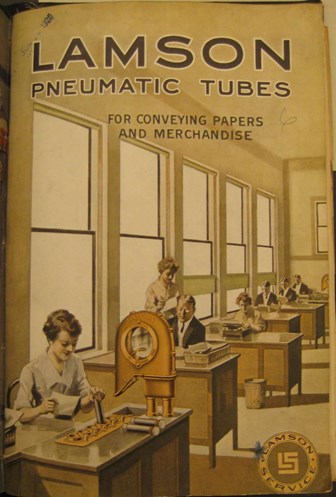Travel by tube?
Can you imagine zipping around your city – or even between cities – via vacuum tube?
The idea of using air to push or pull people through tubes is familiar from sci-fi shows like Futurama, but could we really travel by tube from Melbourne to Perth, say?
For over a century, pneumatic (air-driven) systems have transported small parcels, cash and documents quickly and securely over short distances. You may have seen pneumatic tubes in supermarkets that provide change or send money from the till to a central depository.
Several European cities, including Paris and Prague, once had pneumatic postal systems. These days, many hospitals use air tubes to transport drugs and tests between pharmacies, labs and wards far more quickly than a human could carry them. Stanford Hospital's network is so extensive that it earned a listing in the Atlas Obscura and features in this video made by the Exploratorium.
But would the idea work on a grand scale for transporting people? Elon Musk, inventor and chief executive of Tesla Motors and SpaceX, thinks it could. In 2013 he released his concept for the Hyperloop – a superfast, solar-powered, city-to-city elevated transit system that he says could take passengers from Los Angeles to San Francisco in 30 minutes.
Air tubes have moved people before; America’s first subway in New York City was actually a prototype pneumatic train built in 1870 by Alfred Ely Beach that ran for just one block. Other pneumatic railways operated in various cities from the 1840s, including London, Paris and Dublin.
None traversed more than a few miles or survived longer than a few years simply because steam and electric trains proved more practical. However Elon Musk now estimates that the cost of building tubes across California would be far less than building above-ground rail tracks.
The beauty of pneumatic transport is its simplicity: just by changing the air pressure in a tube, you can shift anything contained within the tube.
This principle is familiar to every kid who has used a straw to sip a drink or fire a spitball at the teacher. All you need is a durable capsule, a powerful pump to push air through the tubes, and a way to divert the capsules to their correct destination.
To demonstrate the concept, we’ve installed a pneumatic system in Think Ahead that was made by Lamson Solutions. This company has built transport apparatus in Australia since 1898; their early retail systems evolved from hollow balls rolling along inclined tracks, through to flying-fox style wires overhead launching spring-loaded capsules of money.
In 1908 they introduced vacuum tubes and still make them today for hospitals, stores, manufacturing plants and more. Pneumatic transport for rubbish or recycling collection in big cities is another developing idea; it would certainly take a lot of smelly and fuel-guzzling rubbish trucks off the roads.
The potential of pneumatic transport is just one of the fascinating ideas in Think Ahead, an exhibition about imagining the future, at Scienceworks.



